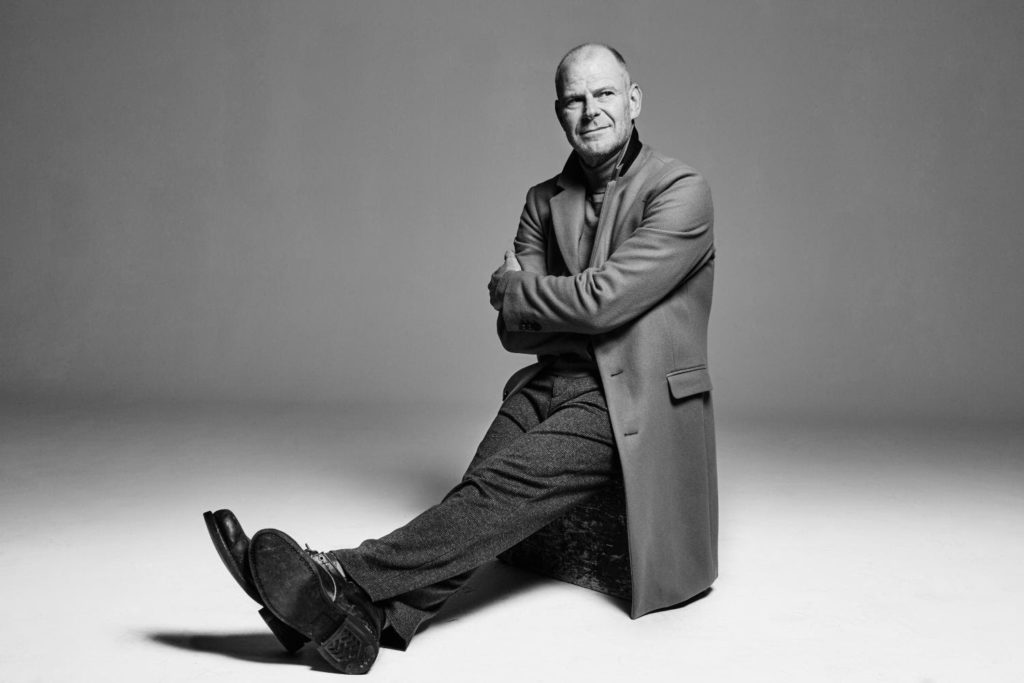
2022-12-7 12:42 |
Nearly everyone has heard of NFT since it has permeated even the most remote reaches of the Web. It’s still in its early phases and expanding exceptionally quickly. To build your first NFT collection and solidify a position in this industry before it becomes oversaturated, you must learn how to create and market your own NFTs. This article will help you through the process of it.
What are NFTs?NFTs, or non-fungible tokens, are digital assets that reside on the blockchain. Just like other decentralized applications that run on a blockchain, NFTs also operate on Web3 browsers, which is helpful in keeping remote security. Each NFT is unique, and one cannot trade it for another cryptocurrency, unlike other cryptos where you can exchange a fungible acquisition for another of similar value. It contains a digital signature to demonstrate ownership and authenticity. Cross-referencing the metadata with openly available blockchain records is another way to confirm that someone is the owner of an authentic NFT.
NFTs thrive on scarcity. They become more valuable over time since they include a digital signature. According to fundamental economic theory, a product or service’s price will increase when there is a shortage compared to demand. That explains why many people dream of owning an NFT because doing so gives them the same pride as buying a Van Gogh painting.
How to Build Your First NFT CollectionWhether music, a painting, or a piece of literature, you can turn any digital file into an NFT. Below, we curated some steps to build your first NFT collection, upload it, and sell it.
Create a digital art draftThere are no guidelines for digital art, so you can be as creative as you like without adhering to any particular technique. You can use programs like Photoshop, Affinity Pro, and Corel Painter to create digital art. However, you can hire freelancers online if you want expertly curated work.
Before getting your art into an NFT platform, you must be aware that the marketplace must support the file you’re uploading. Most platforms support TXT, PNG, JPG, MP4, and GIF files.
Choose a blockchainThe next step is to mint the digital artwork into an NFT after choosing which one to utilize. Minting means creating a digital file into a cryptocurrency collectible or digital asset kept on the blockchain. And the most crucial stage, which affects the cost of minting an NFT and the security of your NFT, is choosing an appropriate blockchain.
Additionally, because specific wallets are incompatible with certain blockchains, you might be unable to move your NFT to your digital wallet if you mint it on a less well-known blockchain. Before choosing a blockchain for your NFT, know the best and most well-known ones first.
EthereumThe most widely used blockchain is Ethereum, which is known for being straightforward and user-friendly. Many popular NFT marketplaces are based on the Ethereum network, including OpenSea, Rarible, SuperRare, and others.
However, you will need to pay a significant amount known as gas costs to validate any transaction on the Ethereum blockchain. Because of this, Ethereum is frequently the most expensive platform for producing NFTs.
PolygonUsing Polygon, you may mint NFTs on OpenSea, one of the largest marketplaces. Unique to Polygon is the ability to mint NFTs without paying anything upfront.
The platform presupposes lazy minting as the default strategy, which means the person purchasing your NFT will be responsible for paying the fees to have it minted and will charge you 2.5% of every transaction you perform on the network
TezosTezos can be the solution you’re looking for if you’re worried about how blockchains will affect the environment because it has been shown to use 200,000 times less energy than competing systems and produce a smaller overall carbon footprint.
Other than that, Tezos is an excellent blockchain for minting NFTs, even for beginners, because minting NFTs on it is quicker, cheaper, and more efficient than on Ethereum.
Prepare and fill up your crypto walletAs indicated, you will have to pay a modest sum of tokens as transaction costs to sell your NFTs. You’ll need to create a wallet that supports your preferred blockchain to achieve that.
Additionally, in the world of NFT, your wallet address serves as your identification. Use it to set up a profile on online stores and other decentralized applications. The best crypto wallets out there are Coinbase, MetaMask, and Rainbow.
Create a marketplace accountAfter finishing the prior procedures, select a marketplace where you will present all of your work. There are a few things to think about in advance:
All devices should be able to access the platform for convenience. It should support various wallets and payment methods for a simple transaction. The market should support token fractionalization. It should have a robust verification procedure to safeguard your assets. It should optionally offer specific user incentives. OpenSeaFor all kinds of NFTs, OpenSea is well-liked and straightforward to operate. OpenSea now offers a slow mint option, whereas the Ethereum blockchain is infamous for demanding exorbitant service costs, or “gas.” Without having to pay for gas, the artist can upload their creation, “mint” it to their profile, and then put it for sale. The gas costs will be covered by the collector when they buy it.
RaribleBook, music, digital art, and movie creators can all use Rarible to mint their NFT works. There are some amusing options, like the option only to provide buyers access to the entire project while allowing visitors to have a “sneak peek” of your product, but limit the whole project to the purchasers.
HolaplexArtists and creators report that the Solana blockchain is extremely quick, has excellent performance, and is cost-effective with meager fees, despite Solana receiving mixed reviews from Ethereum aficionados. Solana is known as a new, less harmful alternative to Ethereum due to its speed and efficiency, which also reduces energy consumption.
ObjktObjkt, first developed as a secondary market, now enables artists and producers to make money directly from their work on its site. Sasha Stiles and Ana Maria Caballero, co-founders of the VerseVerse, use it and other literary NFT creators.
Get your first NFT minted and listedAfter creating the digital artwork, connecting it to a marketplace, picking a blockchain, and purchasing some cryptocurrency, all that’s left to do is mint it. It is the process of turning a digital file into a blockchain-based digital asset. Your digital asset cannot be erased or modified once registered on the blockchain.
You should be able to find step-by-step instructions for posting your digital file on your preferred NFT marketplace, and once minted, your digital artwork is now open for sale.
Selling your NFTsNow that you know how to make an NFT, you must set up the sales procedure. You should factor fees into the minimum price calculation. If you set the price too low, you risk losing money on sales.
It is frequently impossible and costly to mint or sells an NFT. There may be a commission charge for the sale and a transaction fee when transferring from the buyers’ wallet to yours. Due to the erratic nature of bitcoin values, fees might change. It would be best if you considered the cost of minting and selling your NFT to ensure you can sell it for a price that pays for all expenses.
After you complete this process, your NFT will be listed, and other collectors may begin bidding on your assets. If your item is unique, you may sell your NFT.
Bottom LineIf you’re a beginner to NFTs, it’s justified that you may feel overwhelmed with the process. However, there’s a big misconception that you must be technical to participate in crypto. Instead, consider NFTs a fun approach to entering the market that doesn’t require coding knowledge.
The post How to Build Your First NFT Collection appeared first on NFT News Today.
origin »NFT (NFT) на Currencies.ru
|
|











